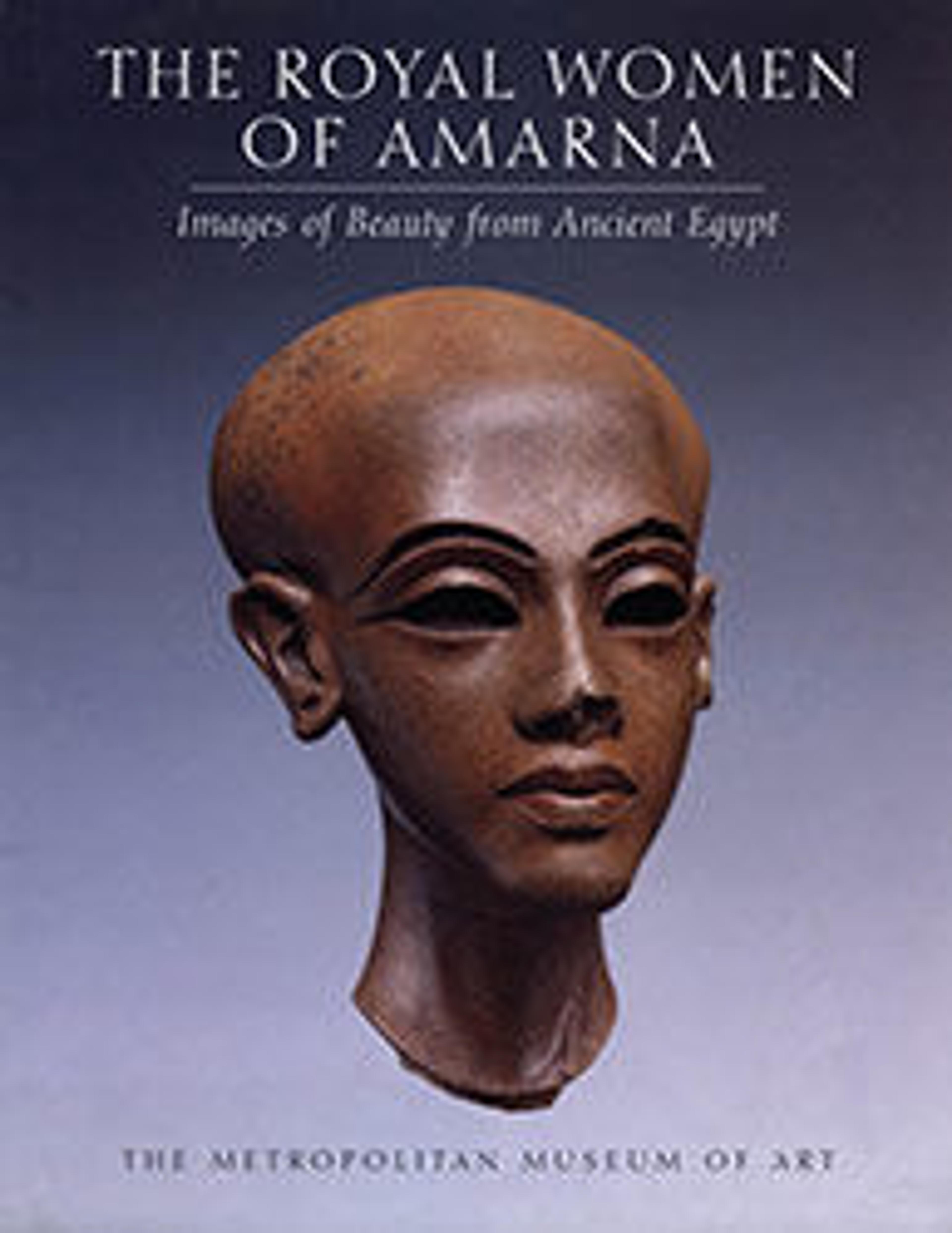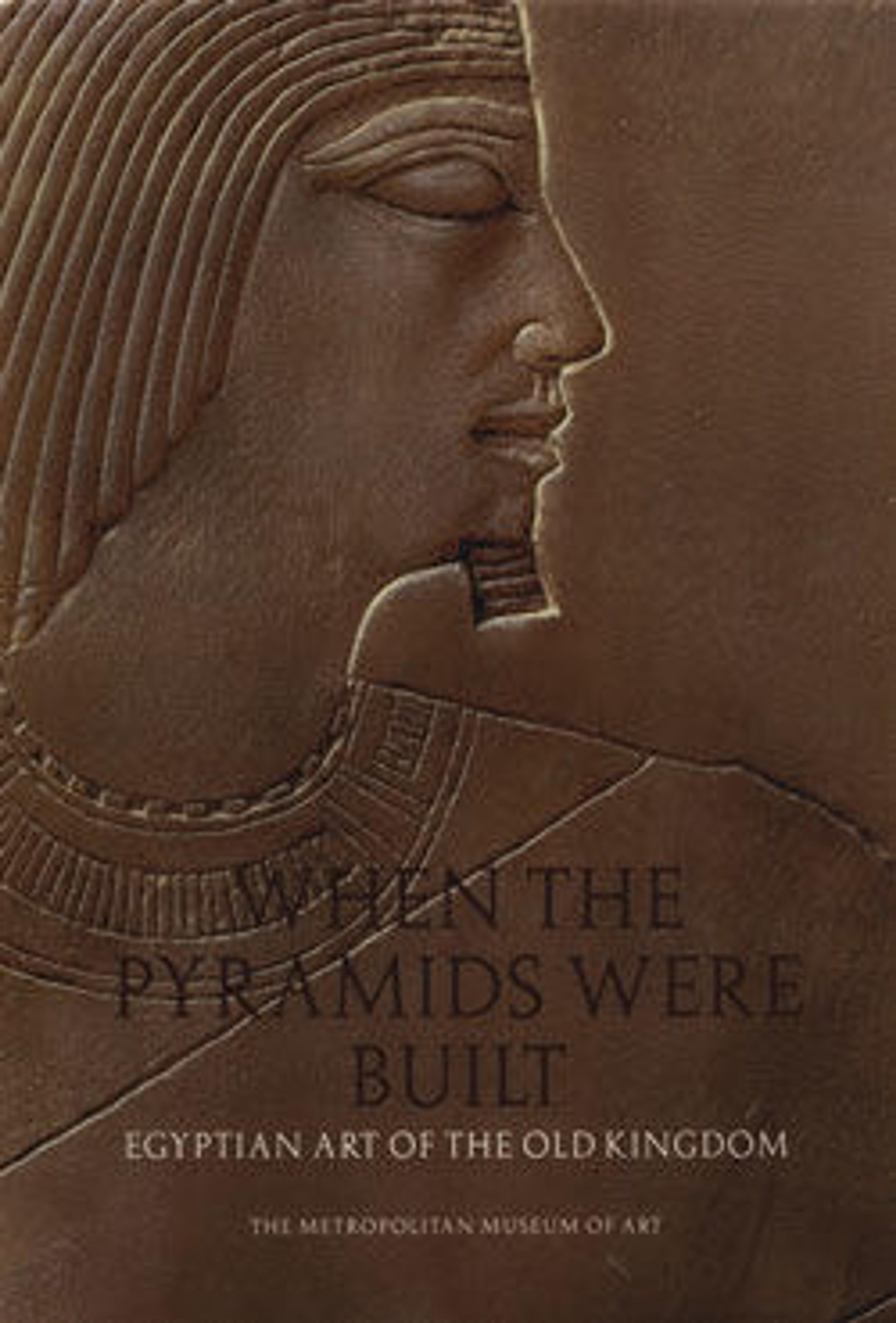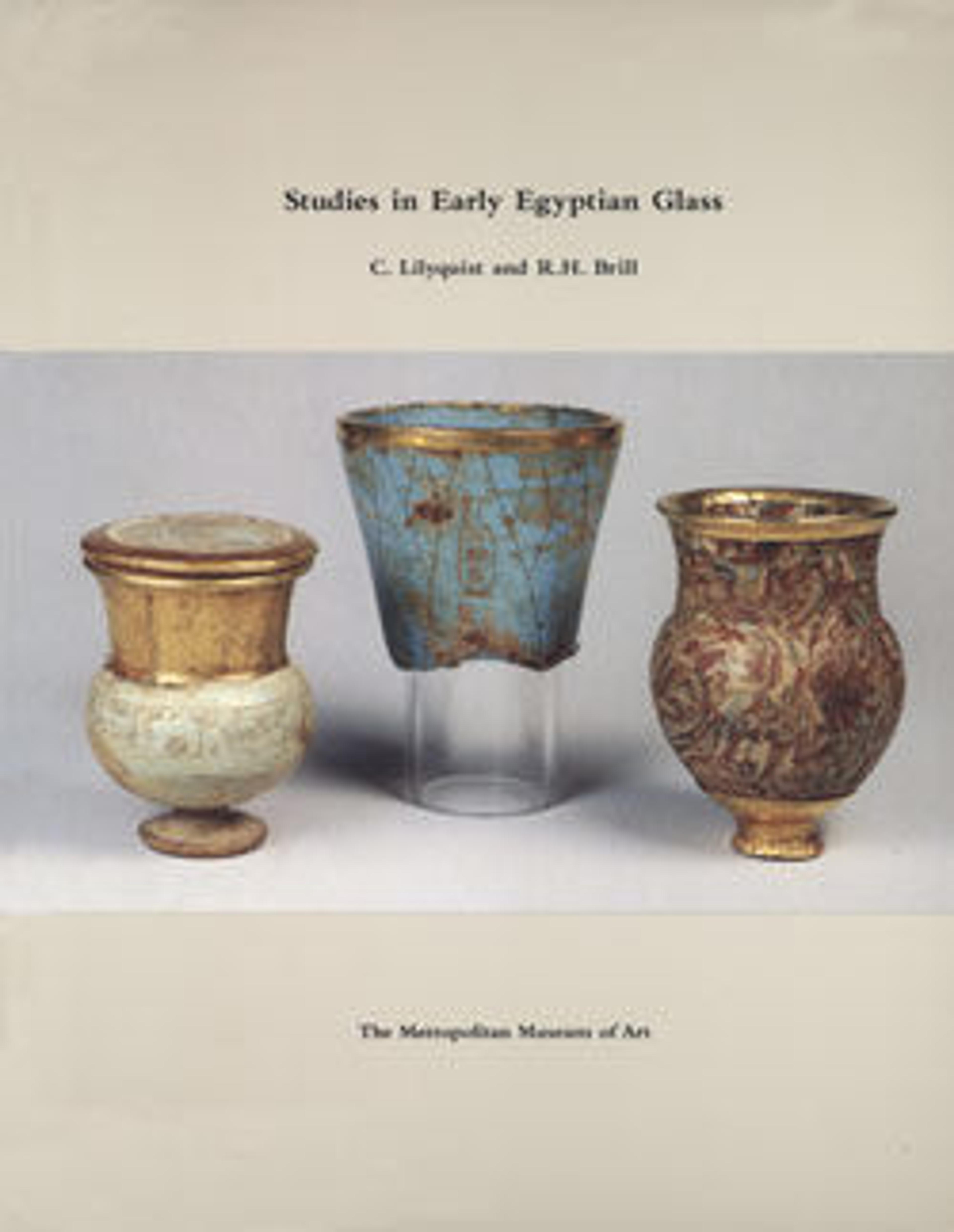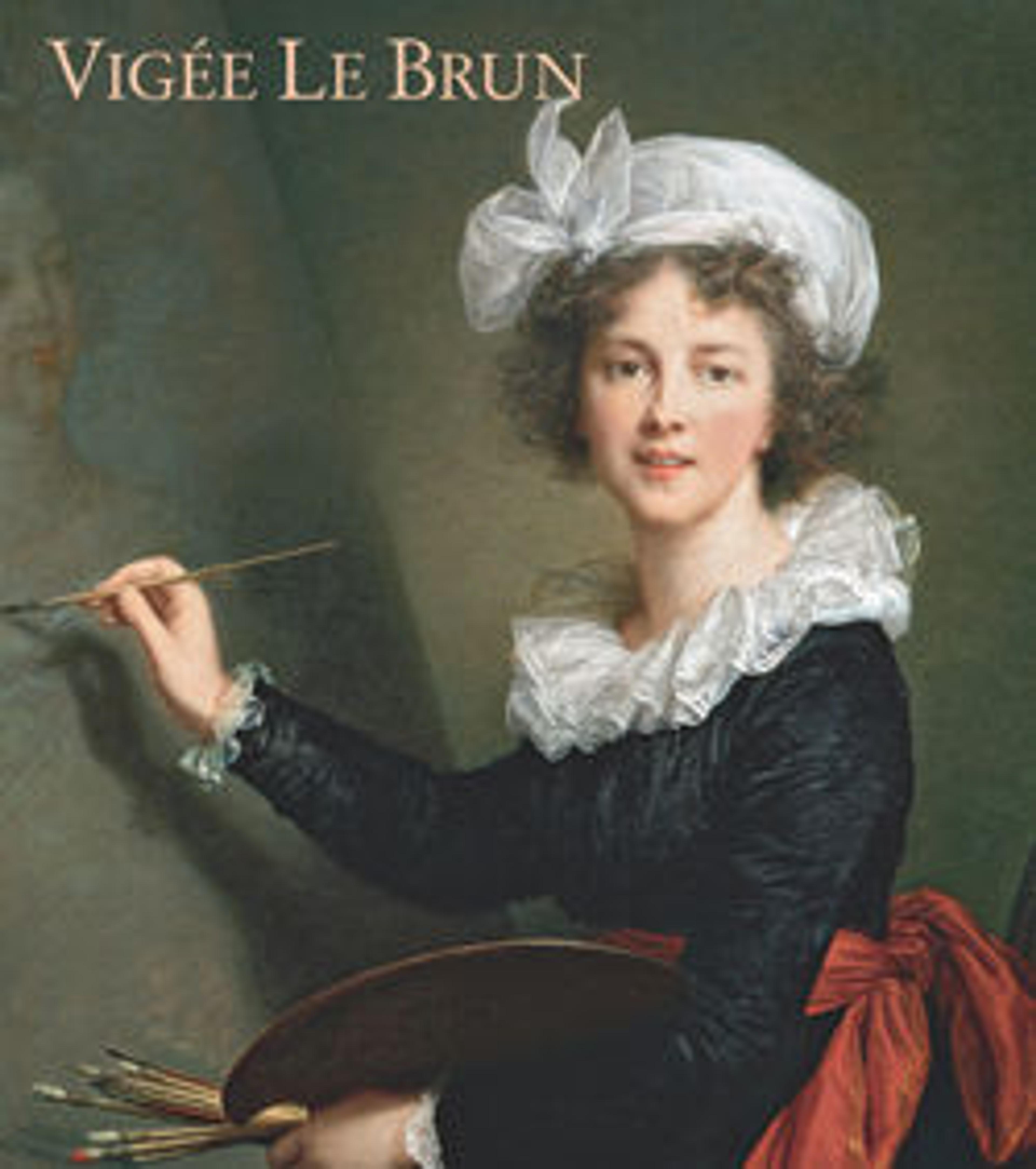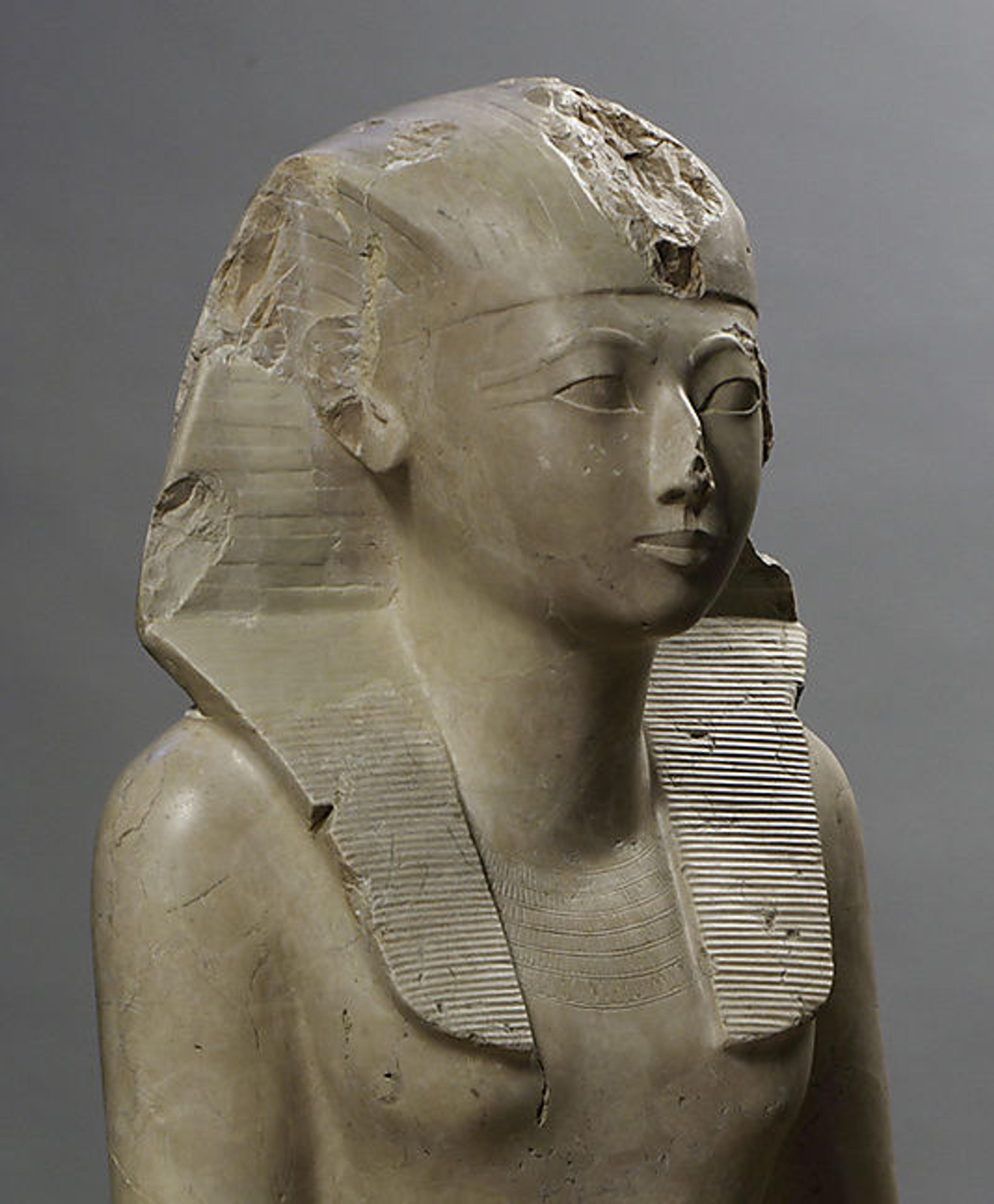
Hatshepsut: From Queen to Pharaoh
Cleopatra may be the most famous woman of ancient Egypt, but far more significant was Hatshepsut, a female pharaoh who reigned for nearly twenty years in the fifteenth century B.C., during the early period of the New Kingdom. After acting as regent for her young nephew-stepson Thutmose III, Hatshepsut assumed the title of king and exercised the full powers of the throne as senior co-ruler with Thutmose. In accordance with Egyptian ideology and representational tradition, she was often depicted as a male king. Hatshepsut's reign, fully accepted by a flourishing Egypt, introduced a period of immense artistic creativity. Some twenty years after her death, however, monuments bearing her image were ruthlessly defaced, and her name was erased from historical accounts.
All memory of this fascinating history in pharaonic lore was lost until mid-nineteenth century, when Hatshepsut was rediscovered by Egyptologists and her place in history restored. Excavation began on her most magnificent surviving monument—the temple she built at Deir el-Bahri near the Valley of the Kings, across the Nile from modern Luxor. Thousands of stone fragments found in pits near the temple were reassembled into magnificent statues of Hatshepsut, some of colossal proportions. Discoveries continue even today, and, accordingly, scholars' opinions about the historical role of this controversial female have continued to change. The ongoing debate about her reign has inspired the many authors of this volume, which accompanies a major exhibition at the Fine Arts Museums of San Francisco/de Young, The Metropolitan Museum of Art in New York, and the Kimbell Art Museum in Fort Worth. Recent research on Hatshepsut and the nature of her kingship is presented alongside wide-ranging discussions of the rich artistic production that marked her reign.
Essays by leading Egyptologists investigate the circumstances that allowed or compelled Hatshepsut to become king; the relationship between Hatshepsut and Thutmose III during their joint reign; powerful figures in the royal court, particularly Senenmut, Hatshepsut's architect and steward; Hatshepsut's adoption of the Egyptian conventions of royal representation in order to bolster her legitimacy, as well as her use of architecture to make political statements; and her successors' motivation for obliterating her memory. The glories of the art produced during Hatshepsut's reign are also fully explored, with discussions of the artistic results of Egypt's contact with the neighboring cultures of the Near East, Nubia, and the Aegean, and of the development of the styles displayed in monumental royal sculpture, reliefs, ceremonial objects, exquisite personal items of everyday use, and a dazzling array of jewelry. Works in the exhibition are illustrated in full color and analyzed in the two hundred catalogue entries. Hatshepsut: From Queen to Pharaoh is an important investigation into the impact of Hatshepsut's reign on the history, culture, and splendid artistic output of ancient Egypt.
Met Art in Publication
You May Also Like
Press the down key to skip to the last item.
Citation
Roehrig, Catharine, Renée Dreyfus, Catharine H. Roehrig, De Young Museum, Metropolitan Museum of Art, and Kimbell Art Museum, eds. 2005. Hatshepsut: From Queen to Pharaoh ; [in Conjunction with the Exhibition “Hatshepsut: From Queen to Pharaoh” Held at the Fine Arts Museum of San Francisco, De Young from October 15, 2005, to February 5, 2006, at The Metropolitan Museum of Art, New York, from March 28 to July 9, 2006, and at the Kimbell Art Museum, Fort Worth, from August 27 to December 31, 2006]. New York, N.Y: Metropolitan Museum of Art [u.a.].
